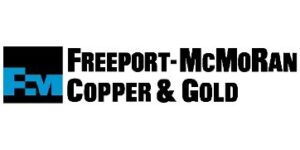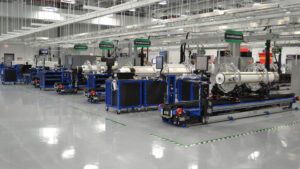Reckitt Benckiser Group PLC, trading under the symbol RBGLY on the OTC market, is a global consumer goods company known for its health, hygiene, and home products. Despite reporting earnings per share of $0.38 on July 24, 2025, which fell short of the estimated $0.43, the company generated impressive revenue of approximately $4.25 billion, significantly surpassing the estimated $3.55 billion.
The company’s recent performance has garnered positive feedback from financial analysts. UBS and Barclays have noted strong momentum in Reckitt’s core business, as highlighted by the company’s upgraded full-year guidance. This reflects confidence in its performance, with a like-for-like sales growth of 1.9% in the second quarter, slightly surpassing expectations.
The Core Reckitt segment achieved an impressive 5.3% organic growth, significantly exceeding analyst predictions. Reckitt’s share price experienced a notable 9% increase during early Thursday trading, driven by the company’s upgraded outlook for 2025. This surge was supported by a robust set of half-year results, with the company now anticipating a like-for-like net revenue growth of between 3% and 4% for the year.
Additionally, Reckitt aims for more than 4% growth in its core business, indicating renewed confidence following a period of transformation. Financial metrics provide further insight into Reckitt’s valuation. The company has a price-to-earnings (P/E) ratio of approximately 23.49, indicating the price investors are willing to pay for each dollar of earnings. The price-to-sales ratio stands at about 2.42, suggesting that investors are paying $2.42 for every dollar of the company’s sales. The enterprise value to sales ratio is around 2.98, reflecting the company’s total valuation compared to its sales. Reckitt’s financial health is also highlighted by its enterprise value to operating cash flow ratio of approximately 15.89, providing insight into the company’s valuation relative to its cash flow from operations. The earnings yield, the inverse of the P/E ratio, is about 4.26%, offering a perspective on the return on investment. The company’s debt-to-equity ratio of approximately 1.29 indicates the proportion of debt used to finance its assets relative to shareholders’ equity, while a current ratio of around 0.58 suggests its ability to cover short-term liabilities with short-term assets.




